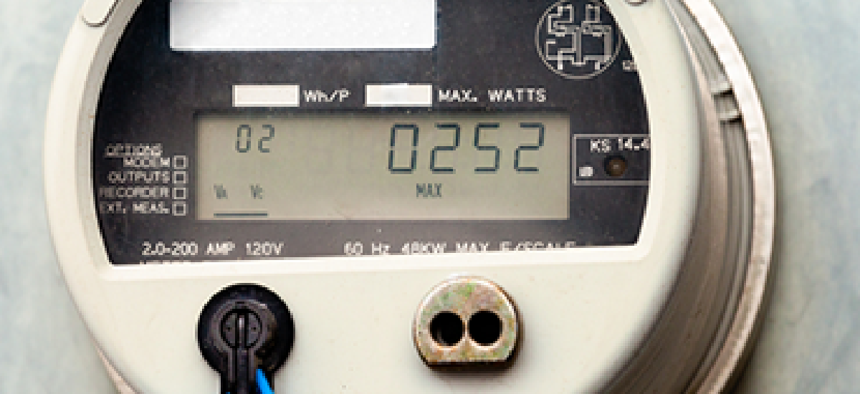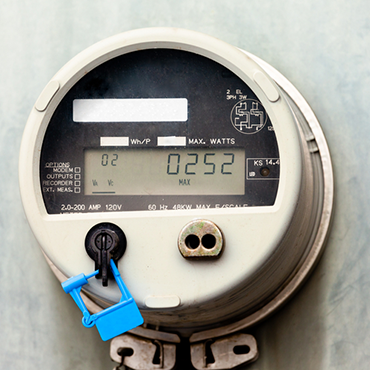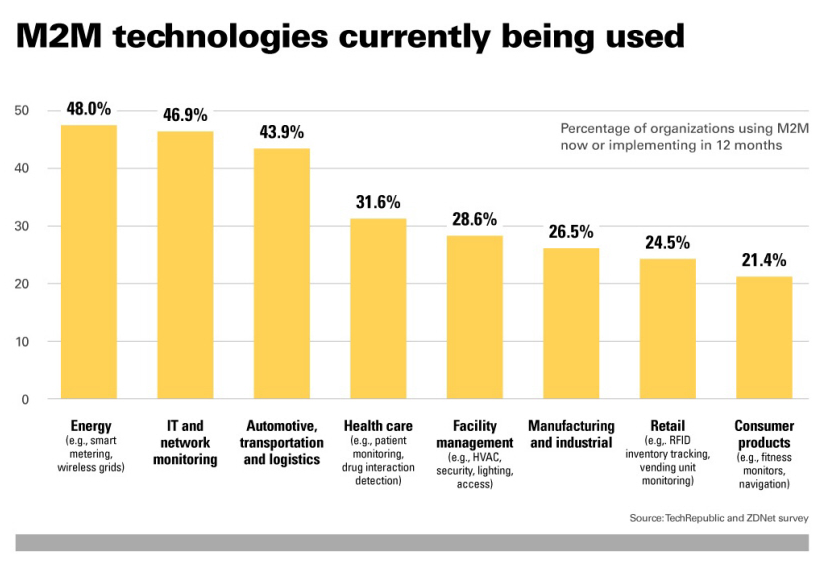Let the machines do the talking

By taking humans out of the equation, machine-to-machine (M2M) communication holds great promise for agencies that need to collect and analyze large amounts of data. However, it's not always easy to implement.

Smart meters can transmit customer power usage data directly into the provider's computer systems, where it is used for billing, analytics and other purposes. Such machine-to-machine communication is finding applications in the federal government as well. (Stock image)
In recent years, the National Oceanic and Atmospheric Administration's predictions of severe weather have become more accurate and timely, thanks to higher volumes of weather-related data flowing into its modeling software. That explosion of information is made possible by an innovative set of sensors and data-gathering devices called the Meteorological Assimilation Data Ingest System.
MADIS collects detailed information via machine-to-machine (M2M) communications, which allows sensors to pass real-time information to other devices and analytical systems without human intervention.
The importance of MADIS' information cannot be overstated. National Weather Service forecasters nationwide use the observations to help them formulate their public warnings of severe weather, including conditions that are favorable to wildfires, said Greg Pratt, section chief at NOAA's Global Systems Division. And emergency responders rely on the data to coordinate relief efforts after disaster has struck.
NOAA is not alone in its pull toward M2M. Beyond weather forecasting, the interconnected frameworks of hardware, software and networking resources support systems as widespread and complex as those that measure air quality or update logistics managers about the location of delivery trucks while they are on the road.
Although many M2M applications are custom solutions, maturing technologies and early steps toward industry standards promise a time when IT managers can more easily use M2M for a variety of activities, including managing budgets more closely.
James Brehm, a senior strategist at advisory firm Compass Intelligence, offers an example that is pertinent to the military. "A fleet-tracking device could measure the vibration levels or temperatures in engines to determine if a military vehicle that costs tens of thousands of dollars is running abnormally hot and needs proactive maintenance," he said. Doing repairs before something expensive needs to be replaced could save the military thousands of dollars per vehicle.
The question, however, is how agencies can determine when the rewards of M2M outweigh the complexities.
Why it matters
Definitions are fuzzy, but M2M typically refers to interconnected devices that automatically pass information to one another. A related area, known as the Internet of Things, uses the Internet to expand the reach of the data exchanges. The ultimate destination for all that data might be an analytical system that looks for emerging trends or the attainment of predetermined thresholds, such as overheated truck engines. Compass Intelligence estimates that there are 30 billion devices connected via M2M applications in North America, Brehm said, and that number could grow an average of 50 percent a year through 2018. Such predictions are spurring traditional IT companies — including Cisco Systems, IBM, Oracle and SAP — to enter the M2M market.
At the same time, costs for system components are decreasing — in some cases, to a few dollars or less per device — and wireless networks for transporting data are becoming ubiquitous. Together, those trends are increasing M2M acceptance, said Michele Pelino, a principal analyst at Forrester Research.
For IT managers, M2M promises a way to keep closer tabs on the data being collected by environmental systems, video surveillance monitors, logistics applications and other areas. In the process, employees are relieved of some time-consuming activities, such as keying in data.
The Environmental Protection Agency uses a proprietary M2M system known as the Exchange Network to automatically compile the latest information about air quality collected by a diverse group of contributors, including state, local and tribal governments. An agency spokesperson said the M2M infrastructure greatly reduces the need for data entry and increases the quality and availability of the data.
EPA's system played an important role in the aftermath of the 2011 earthquake in Japan and the resulting tsunami that crippled the Fukushima nuclear power plant. EPA officials said the network streamed radiation information to EPA headquarters, which supported air-quality assessments for the U.S. public.

The fundamentals
M2M solutions consist of three main pieces: sensors, the network that transports the data, and the databases or applications that store or analyze the information.
Devices. True to M2M’s custom nature, many radio frequency identification tags, SIM cards, medical telemetry devices and embedded Wi-Fi/satellite radio modules are tailored to specific uses and often must adhere to relevant certifications.
Networks. Some of the M2M communications pipelines are traditional wired networks — for example, those that support the automation of activities in factories and warehouses, Brehm said. But the biggest growth will likely be in M2M solutions that are based on wireless networks. And some applications use multiple network technologies.
"MADIS observational sources are transmitted using just about all communication pathways," Pratt said. Examples include radio frequency transmissions, telemetry systems that use dedicated short-range communications protocols, and the Geostationary Operational Environmental Satellite system operated by NOAA.
Analytical software. For NOAA’s MADIS, observational instruments worldwide capture information about temperature, barometric pressure, relative humidity, and wind speed and direction. The system verifies incoming data for accuracy — in some cases, by comparing it to expected ranges — and then sends it to modeling software used to create weather forecasts.
Analyzing data in terms of predetermined thresholds is a growing use for the technology. "More and more of these connected devices are linked to business intelligence systems that initiate some response if temperatures go too high within an acceptable range, for example," Pelino said.
The hurdles
Integrating all the components is a challenging process that is full of potential obstacles. "We believe over 90 percent of M2M implementations that people...start working on end up in failure," Brehm said. "It’s because they’re so complex."
The complexity is due in part to the number of specialists who typically must be involved in efforts to install and integrate the hardware, software and networking pieces. A lack of industry standards further complicates M2M implementations, especially for agency systems that aggregate data from a variety of outside sources and, as a result, might be using different technologies and data formats.
Mature standards would also ease the burden on IT administrators, who must update and expand capabilities over time. "The biggest maintenance nightmare we have is due to the fact that there are no standards," Pratt said.
Not all the challenges associated with M2M are technical, however. EPA officials said some partners in its Exchange Network are technically able to share information but delay doing so because of their internal policies. For example, EPA program offices and the agency’s trading partners have practices in place to ensure the integrity and security of environmental data, but that data is often only posted online after a quality assurance review has been conducted, which precludes its availability for real-time M2M services.
Agencies that can overcome those challenges will benefit from better information for making decisions and running their operations. "To improve our models, we need the frequency as well as the density of the data," Pratt said.
NEXT STORY: United States Dominates in Social Diplomacy


